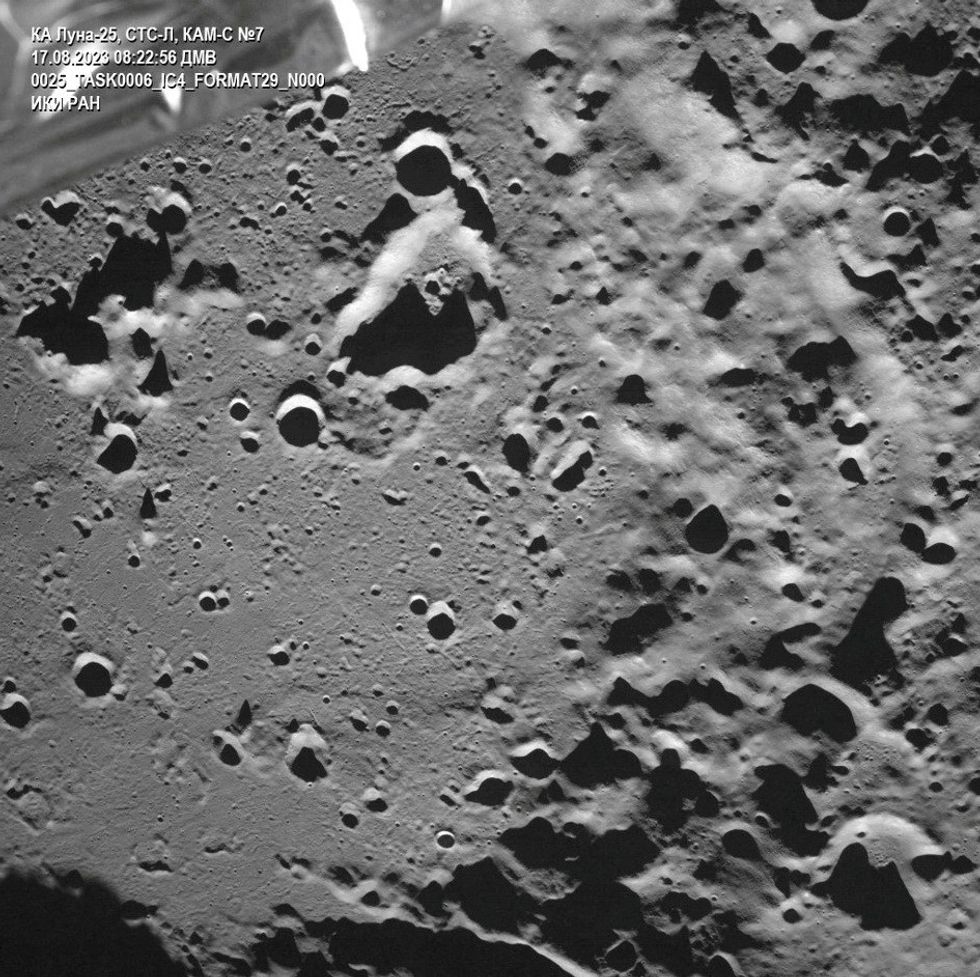Russian spacecraft smashes into moon after spinning out of control

Russia's Luna-25 spacecraft smashed into the surface of the moon
|REUTERS

The mission highlights the decline of Russia's power in the space race
Don't Miss
Most Read
Latest
Russia's first lunar mission in 47 years has ended in disaster as its Luna-25 spacecraft spun out of control and smashed into the moon.
The craft was due to make a soft landing on the moon's south pole but was suffered issues as it was shunted into pre-landing orbit on Saturday.
Russia's state space corporation, Roskosmos, admitted the failure in a statement.
It said: "The apparatus moved into an unpredictable orbit and ceased to exist as a result of a collision with the surface of the moon."

A picture taken from the camera of the lunar landing spacecraft Luna-25
|REUTERS
The unmanned aircraft's crash highlights the decline of Russia's power in space in recent decades.
Once a world leader in space exploration, the country has failed to keep up the pace in recent years.
Today's crash comes after the failure of Russia's failed 2011 Fobos-Grunt mission.
Attempting to re-establish itself as a major player in space Russia launched a bid to travel to one of the moons of Mars.
However, it could not even exit the earth's orbit and fell back to earth, smashing into the Pacific Ocean in 2012.
Russia has not attempted a moon mission since Luna-24 in 1976, when Leonid Brezhnev ruled the Kremlin.
The spacecraft had been due to land on Monday with Russia in a race against India to complete the landing.
No country has ever landed on the moon's south pole before, with both Moscow and New Delhi hoping to be the first to do so.
The US and China are the only two countries to have successfully managed a moon landing.
The Luna-25 spacecraft was due to explore areas of the moon that scientists believe could be home to frozen water and precious elements.
The Luna-25 spacecraft was blasted off on a Soyuz rocket and entered the moon's orbit on Wednesday.
Since then it has sent back a number of pictures of the surface of the lunar surface, including the moon's third-deepest crater on its southern hemisphere.










